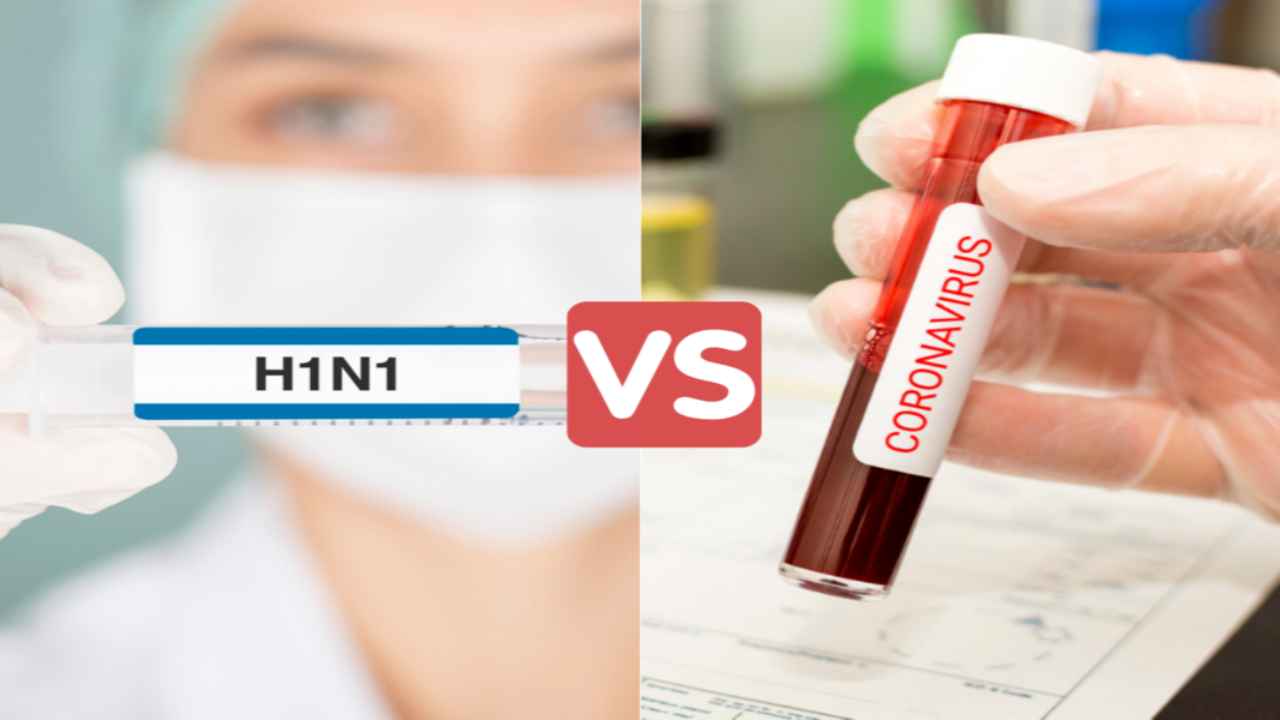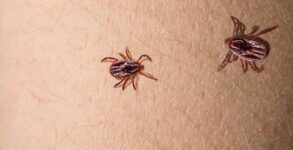The swine flu outbreak in 2009 was a disease that was ousted as a pandemic catastrophe by the World Health Organisation. At that time it was known as pig influenza, the virus has been estimated to have taken lives of as many as 575,000 people during its outbreak.
WHO issued a statement in 2011, It said, “After early outbreaks in North America in April 2009 the new influenza virus spread rapidly around the world. WHO declared the disease as a pandemic in June 2009, a total of 74 countries and territories had reported laboratory-confirmed infections.”
As of now, more than 121,000 people have been infected worldwide and more than 4,300 have died from the current COVID-19 outbreak.
What triggered the swine flu outbreak?
The H1N1 strain in the 2009 outbreak was first detected in humans in America. The research found the virus was a “reassortment” of influenza viruses, were a bird, swine and human flu viruses further combined with a Eurasian pig flu virus. It was a strain that further affected humans from North America around 1999-2000.
What causes swine flu? What are its symptoms?
Swine flu can be passed from person to person through exposure to infected droplets from coughing or sneezing, that can contaminate hands and surfaces.
Some symptoms one faces while catching swine flu are fever, cough, headache, muscle and joint pain, sore throat and runny nose, and sometimes vomiting and diarrhoea.
People infected with swine flu during the pandemic might also suffer from mild cases of the illness and can recover without treatment.
There were a number of difficulties in counting the death toll of the swine flu, including differentiating it from other strains of influenza, and a lack of lab testing facilities in some regions.
When did it end?
By 2009’s end two vaccines had been developed and administered in more than a dozen countries. The first vaccine is very similar to a regular flu shot and included an inactivated virus.
The second was administered as a nasal spray and had a weak version of the virus that cannot infect the recipient. All of these vaccines were developed inside chicken eggs.


















